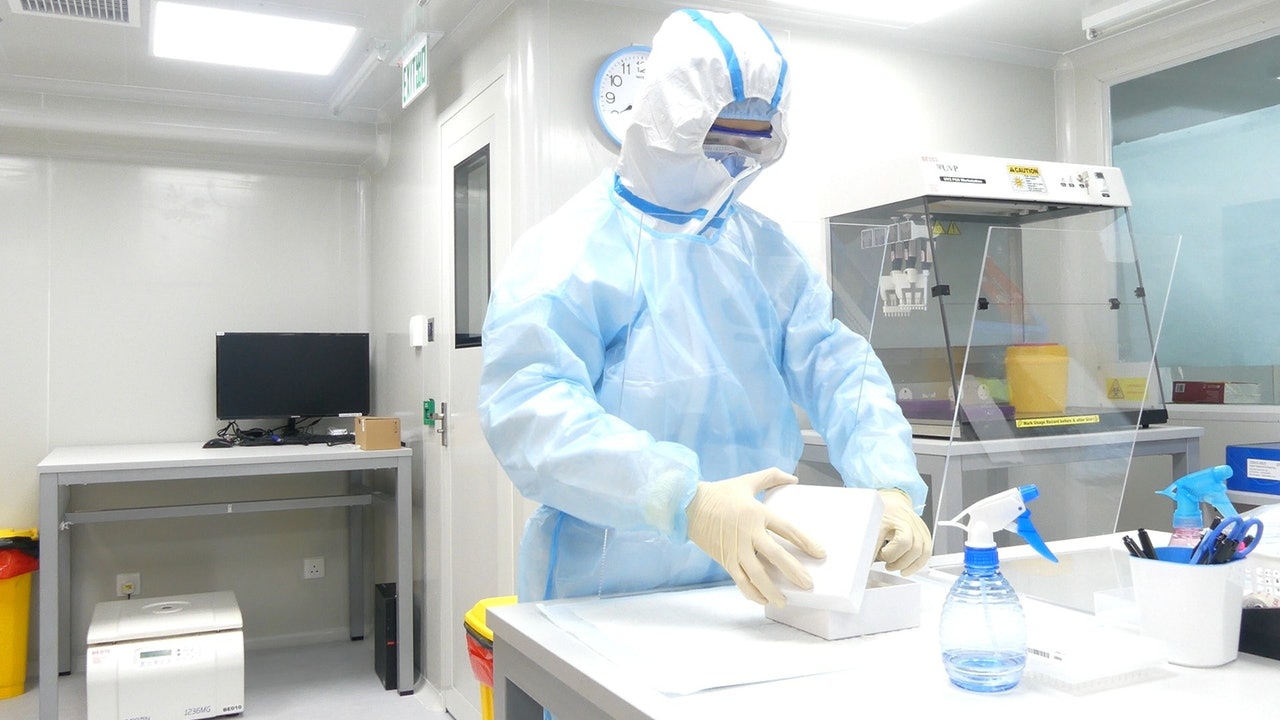Social News
Written by: Li Enci
2020-10-30 15:51
Last update date: 2020-10-30 15:51
In order to cope with the tourism bubble established with Singapore, the government commissioned the testing company Prenetics to provide the Oxsed RaViD Direct rapid test developed by the Oxford University team at the Hong Kong Airport.
Traditional nucleic acid testing needs to wait more than 4 hours for results. The new test uses RT-LAMP technology. The waiting time is only 15 to 30 minutes, and its sensitivity is 92% to 100%.
Starting from the day before yesterday (28th), Hong Kong International Airport began testing Oxsed RT-LAMP nucleic acid detection technology. Passengers can leave saliva for testing for two weeks.
Testing company Prenetics purchased the Oxsed RT-LAMP nasopharyngeal and throat swab test developed by the University of Oxford in the UK.
(Picture provided by Prenetics)
Testing company Prenetics purchased the Oxsed RT-LAMP nasopharyngeal and throat swab test developed by the University of Oxford in the UK.
Yang Shengwu, Chief Executive Officer of Prenetics, said that the general PCR test requires more than 4 hours to get results, and the new test greatly reduces the waiting time, which only takes 15 to 30 minutes.
The Oxford University research team has developed the use of reverse transcription-loop-mediated isothermal amplification technology (RT-LAMP) to detect viral RNA, which can be detected immediately outside the laboratory.
RT-LAMP can use samples from nose, throat swabs, saliva, or gargle, with a sensitivity of 92% to 100%.
Yang Shengwu, co-founder and CEO of Prenetics.
(Profile picture / Photo by Gong Jiasheng)
Starting from the day before yesterday (28th), Hong Kong International Airport began testing the sensitivity and reliability of Oxsed RT-LAMP nucleic acid detection technology for two weeks.
All arriving passengers need to go to the temporary sample collection center to receive saliva sampling. Passengers can refuse to participate in the RT-LAMP test, but they must still undergo RT-PCR nucleic acid testing.
London Heathrow Airport in the United Kingdom is already using Oxsed for rapid testing. Passengers can pay 80 pounds to be tested at the airport.
A total of hundreds of samples have been collected at the two airports.
▼Relaxation measures for restaurants and listed premises starting October 30▼
+10
+10
+10
Yang Mengsu, founder of government virus testing contractor Prenetics, appointed as CityU's new deputy school
Travel Bubble|Prenetics launched an electronic health passport app in October to display test results to help travel
National Testing and Interview|Private Laboratory Prenetics: Nucleic Acid Testing Does Not Collect Gene Sequencing Data
Interview|President of Prenetics to help restaurant market staff test: do interesting things
01News
COVID-19 tourism bubble

